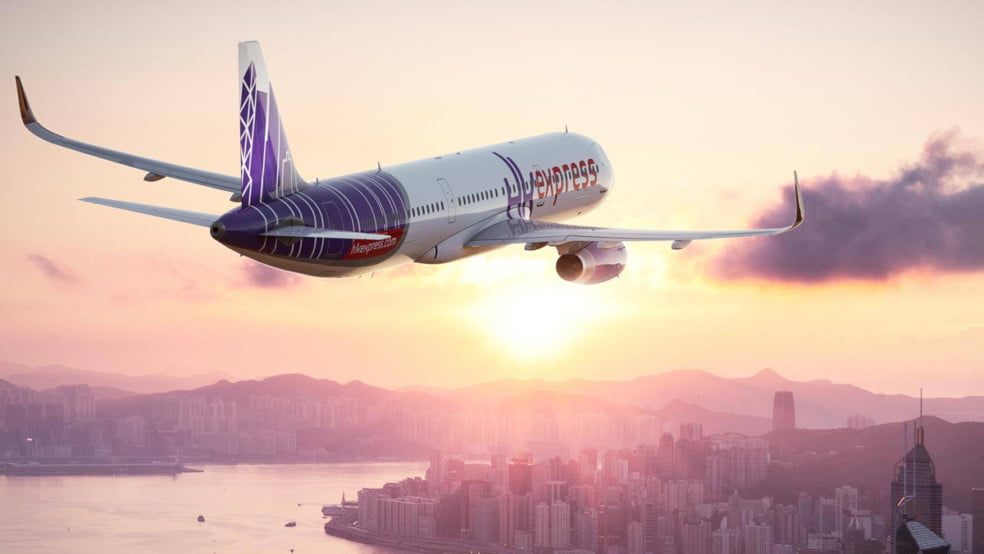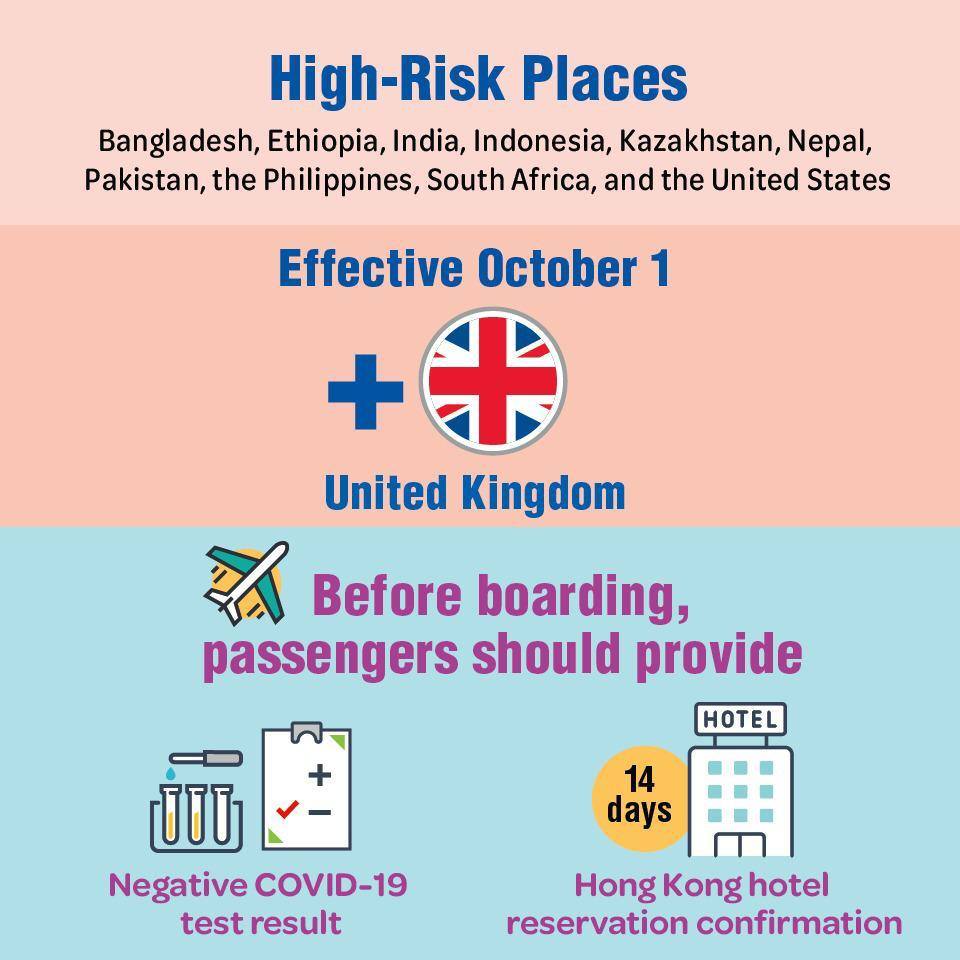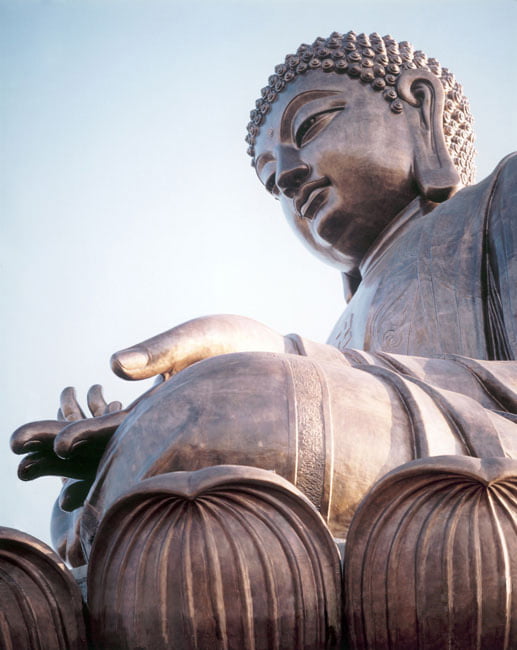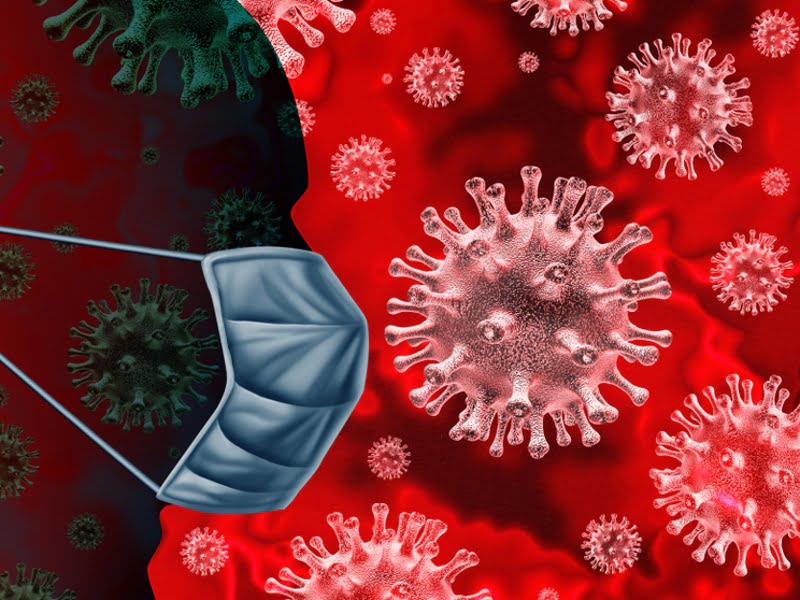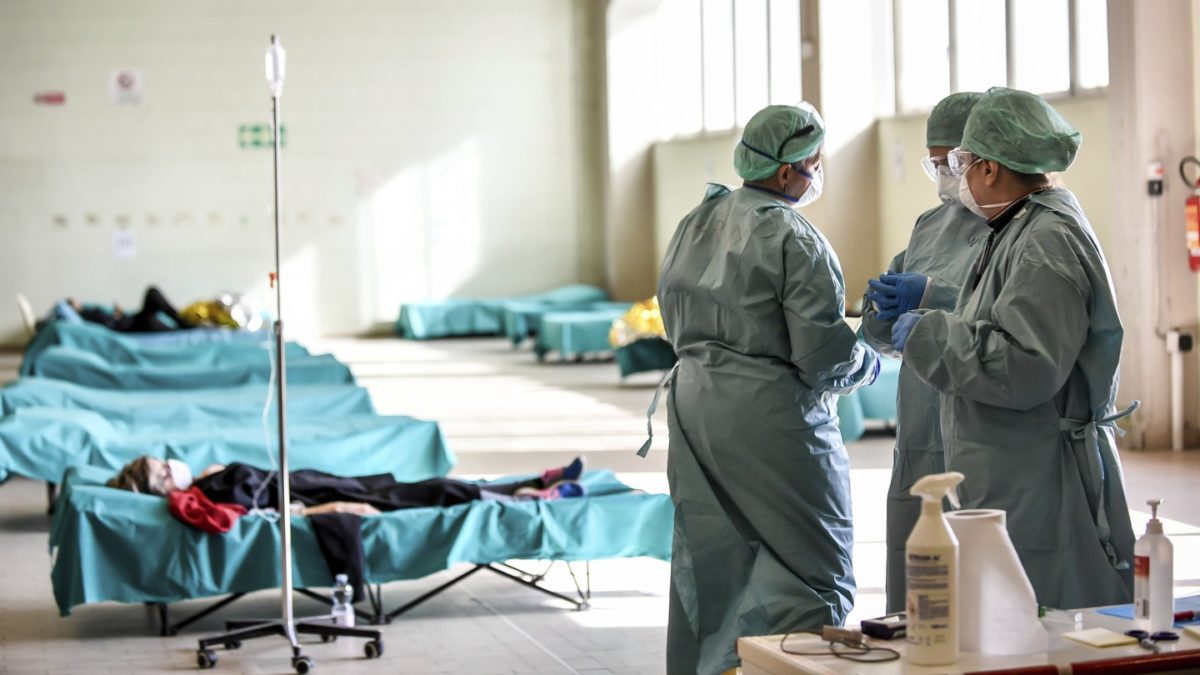From 1 October, 2020 the UK will become a ‘High Risk’ country and people flying into Hong Kong from the UK will need to provide a -ve COVID test and quarantine in a hotel.
The UK becomes the tenth High Risk country listed under Cap 599H, joining Bangladesh, Ethiopia, India, Indonesia, Kazakhstan, Nepal, Pakistan, the Philippines, South Africa and the United States of America.
The travel requirements under Cap599H are:
A traveller who, on the day on which the traveller boarded a civil aviation aircraft that arrives at, or is about to arrive at Hong Kong (specified aircraft), or during the 14 days before that day, has stayed in one of the aforementioned specified places must provide the following documents:
(1) A test report in English or Chinese issued by a laboratory or healthcare institution bearing the name of the relevant traveller identical to that in his or her valid travel document to show that:
(a) the relevant traveller underwent a nucleic acid test for COVID-19, the sample for which was taken from the relevant traveller within 72 hours before the scheduled time of departure of the specified aircraft;
(b) the test conducted on the sample is a nucleic acid test for COVID-19; and
(c) the result of the test is that the relevant traveller was tested negative for COVID-19; and
(2) If the relevant report is not in English or Chinese or does not contain all of the above information, a written confirmation in English or Chinese issued by the laboratory or healthcare institution bearing the name of the relevant traveller identical to that in his or her valid travel document and setting out all of the above information. The said written confirmation should be presented together with the test report; and
(3) Documentary proof in English or Chinese to show that the laboratory or healthcare institution is ISO 15189 accredited or is recognised or approved by the relevant authority of the government of the place in which the laboratory or healthcare institution is located; and
(4) The relevant traveller has confirmation in English or Chinese of room reservation in a hotel in Hong Kong for not less than 14 days starting on the day of the arrival of the relevant traveller in Hong Kong.
If a traveller coming to Hong Kong fails to comply with a requirement to provide information, or knowingly or recklessly provides any information that is false or misleading in a material particular, he or she is liable on conviction to the maximum penalty of a fine at level 3 ($10,000) and imprisonment for six months.

